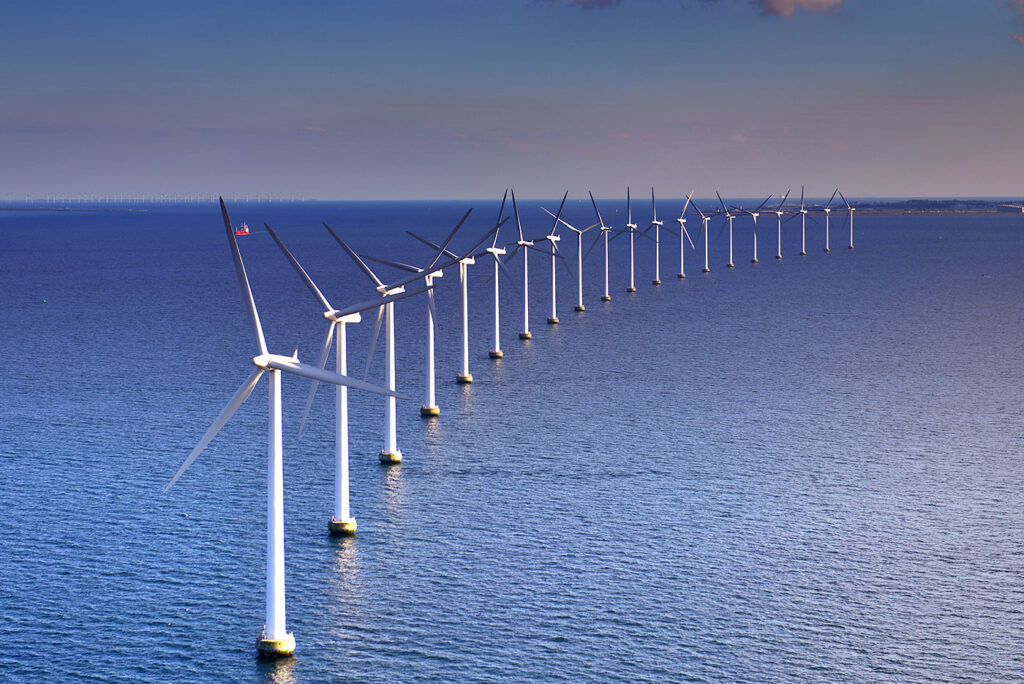
Managing an electrical grid that utilizes significant amounts of intermittent generation sources – solar and wind power – brings with it some unique challenges. There are abundant wind resources in this country and more and utilities are taking advantage of these resources. But there are times when there is more wind, times when there is less wind, and times when there is no wind at all. Utilities need accurate wind forecasts to determine when they need to generate or purchase energy from alternative sources.
Poor wind forecasts can cost utilities a lot of money. If there is overprediction – that is, when there is less wind than predicted – utilities have to purchase energy off the spot market at higher prices. If there is underprediction – more wind than predicted – utilities may needlessly burn fossil fuels and waste money that way.
The National Oceanic and Atmospheric Administration produces wind forecasts using its High-Resolution Rapid Refresh (HRRR) weather model, which provides hourly updated forecasts for every part of the United States looking forward up to 48 hours. The model generates predictions of wind speed and direction at multiple levels of the atmosphere, information that utilities can use to predict the output of their wind turbines.
A new study by economists and scientists from Colorado State University and NOAA estimated the financial impact of the HRRR model on wind farm production. The research team calculated that increasingly accurate weather forecasts over the last decade have saved consumers over $150 million a year. Estimates are that if the newest model was in use in previous years, the savings would have been over $300 million a year.
**********
Web Links
NOAA wind forecasts result in $150 million in energy savings every year
Photo, posted May 2, 2022, courtesy of California Energy Commission via Flickr.
Earth Wise is a production of WAMC Northeast Public Radio.
Leave a Reply